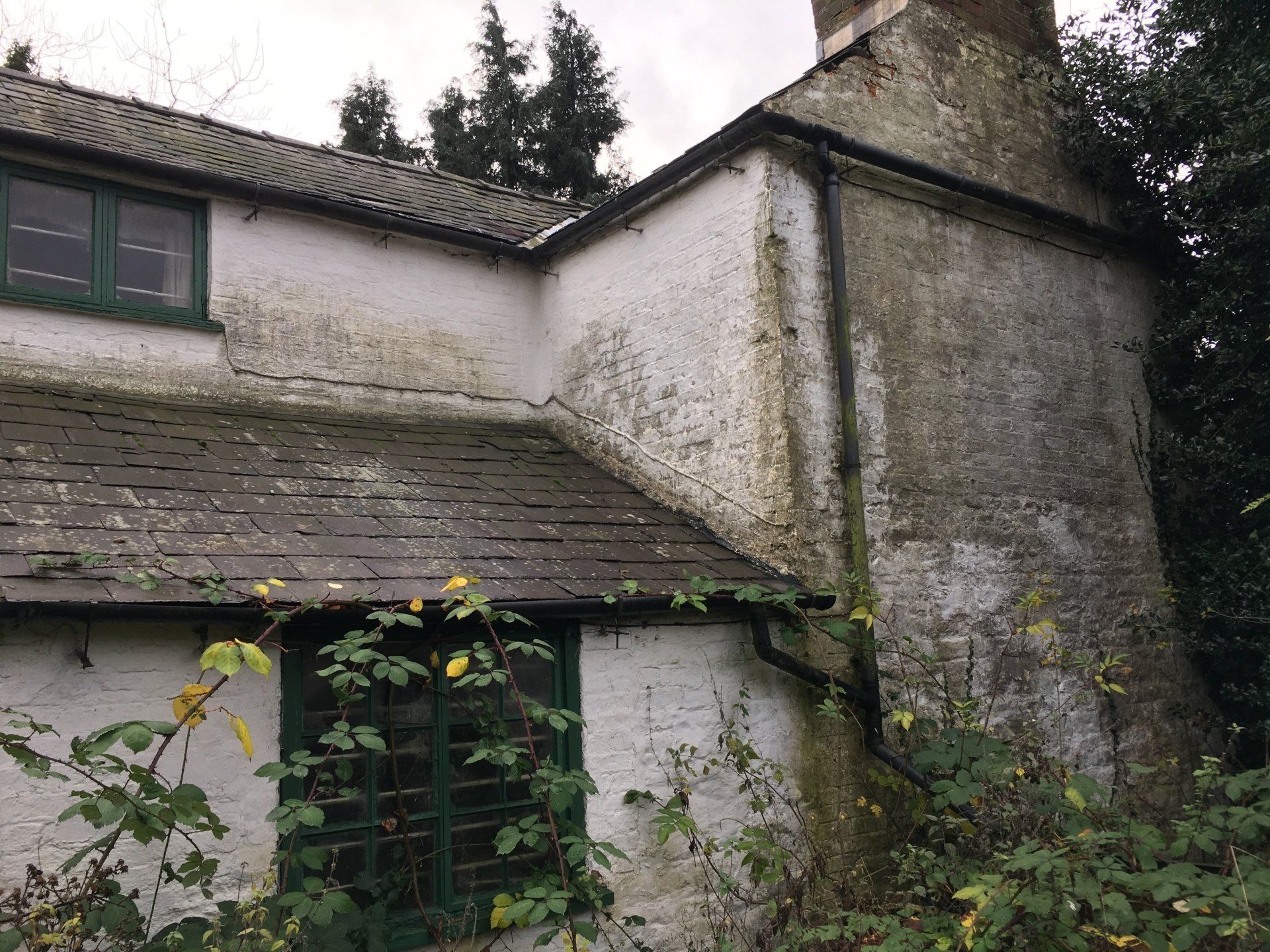The Pest House
Author name
Grantham Pest House
Grantham Pest House was our second Buildings Recording Group project. It was built in the late C16, largely rebuilt between 1789 and 1790, and altered and extended as a private dwelling around 1880.
At Grantham, a pest house was constructed to the north of the town, and a lease of 1584 records the plot as being leased by the Mayor, Aldermen and Burgesses of Grantham. The lease records: ‘if it shall happen or chance hereafter ... the Town and Borough... to be visited with the plague called the pestilence or any other smiting disease or contagious sickness whereby it shall be thought good to divide the infected people from the whole... better safeguard of the said Town ... upon two days warning ... all the tenants and dwellers within said messuage or house to depart ... to permit and suffer the infected or visited people to enter into the house ...’ While later leases are associated with the Brownlow family, who held a seat at nearby Belton House from the late C16, earlier leases may have been with their predecessors, the Pakenhams. The Grantham Hall Book of 1702 recorded the rent due for the pest house for Michaelmas term as 3 shillings.
John Langwith jnr, a local master-builder, was chamberlain of the town from 1789 to 1790, during which time he oversaw the rebuilding of the pest house. The Enclosure Award map of 1809 shows a rectangular-plan site delineated on the east side of Manthorpe Road, containing a single and long ‘H’ plan building, the responsibility of the Alderman and Burgesses of Grantham. A report on the proposed municipal boundary of Grantham in 1837, indicated that the ‘Pest House’ was included within the north boundary of Grantham, and Dawson provided the accompanying map, again showing the ‘Pest House’ as two detached buildings. It was converted to a private dwelling in about 1880.
The walls of the building are now painted stone and red brick with a natural slate roofs and timber-framed windows and timber doors. It is now Grade II listed.
RECENT ARTICLES

Manuel Immanuel was thought to have been born around 1758. He may have been the son of a painter and illustrator of manuscripts of the same name in London. He was an immensely talented artist, and also designed scenery and interior designs of theatres. He used transparencies and lamps to illustrate his work, often illustrating full size animals such as elephants. In 1805 The New Street Theatre on Red Lion Street in Boston was built to house Robertson’s Touring Company. When it was completed in January 1806, it could accommodate 1,079 people. It was reported that the interior decorations from ‘the Masterly pencil of Mr Immanuel, evince a taste and genius, which add to the reputation he already acquired as an artist’. Whilst in Boston he joined the local Lodge of Freemasons. In 1809, there were many celebrations to commemorate King George III, who had acceded to the throne nearly fifty years before. At St Ives in Cambridgeshire, Mr Immanuel, who was at that time living in Bedford, painted a large transparency and was given huge acclaim for his work. At was noted that he had recently produced a similar piece in Huntingdon.











